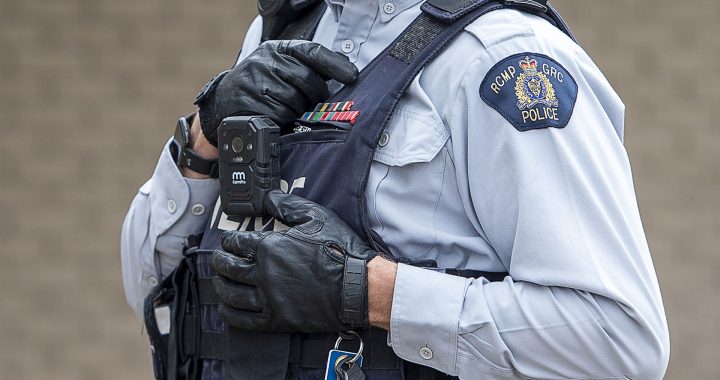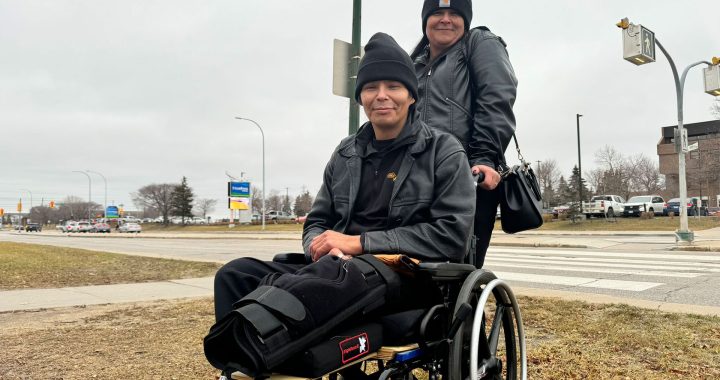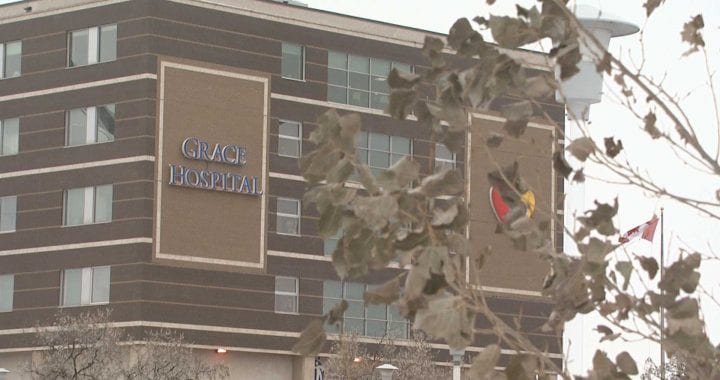A Kaska First Nation in Yukon is raising concern regarding a recent decision by the Federal and territorial governments to advance BMC Minerals’ proposed Kudz Ze Kayah mining project.
“We were pretty shocked to hear that decision,” says Chief Dylan Loblaw of the Ross River Dena Council (RRDC). The small First Nation located in Ross River, 345 km northeast of Whitehorse.
“Our cultural values are not being seen or heard.”
If approved, the $381-million dollar open-pit mineral mine would produce an estimated annual production of 7.8 million ounces of silver and 235 million pounds of zinc. Located 115 km south of Ross River, the mine would operate in RRDC’s traditional territory, as well as Liard First Nation’s (LFN), another Kaska First Nation in the community of Watson Lake.
The area, known as Kudz Ze Kayah, means ‘caribou country’ in the Kaska language. The project would also be in the heart of the Finlayson caribou herd’s winter range, a cherished food source of the Kaska.
Loblaw says of greater concern is that the herd has dwindled in number in the last few decades. According to a report from the Yukon government, the herd numbered 6,000 animals in 1990, but has dropped to around 2,700.
“We’re definitely worried about the Finlayson caribou herd. I think they’re already listed as a species of special concern,” Loblaw says.
On June 15, Fisheries and Oceans Canada, Natural Resources Canada and Yukon territorial government, which are decision bodies for the project’s assessment, released a decision document, allowing the project to advance to the regulatory process, which is the next step in the approval process.
While the Yukon Environmental and Socio-economic Assessment Board (YESAB) previously determined the project will result in “adverse effects” to things like water, resources, wildlife and traditional land use, it also found adverse effects could be eliminated, controlled or reduced through recommended mitigation efforts.
In January 2021 the federal decision bodies referred the project back to YESAB. After consulting with RRDC and LFN, they expressed concern the screening report issued by YESAB was insufficient regarding how potential impacts would be mitigated.
In the June 15 decision document, the decision bodies said they “varied the recommendation(s) through new and varied terms and conditions, in addition to changes to recommended monitoring measures, to improve clarity in implementation.”
The new and improved recommendations include mitigation efforts to better protect issues raised by the Kaska, such as their concerns around water resources, wildlife, the Finlayson caribou herd and air quality.
Allan Nixon, BMC Mineral’s vice-president of external affairs, said in a statement to APTN that the company has always respected the Kaska’s views and made efforts to accommodate their concerns.
“We remain committed to ensuring Kaska are true partners in the development of the project and we will continue to work closely with Kaska to ensure a successful project for everyone,” he said.
Read More:
Members of Kaska Nation raising alarm over proposed mine in the Yukon
Chief ‘not to happy’ with decision
But the recent decision isn’t sitting well with Loblaw.
On June 14, RRDC and LFN submitted what they call a “comprehensive” 48-page document detailing their concerns about the mine to the decision bodies.
According to a June 20 RRDC press release, the First Nation’s June 14 submission “provided detailed feedback on the terms and conditions that the Decision Bodies had previously developed during the fall of 2021, behind closed doors, without discussion, engagement or consultation with Ross River.
The Decision Bodies had assured Ross River that they would consider this recent submission before issuing any Decision Document. Despite those assurances – and their respective governments lofty commitments to advance a reconciliation framework based on the United Nations Declaration on the Rights of Indigenous Peoples (UNDRIP) – less than 24-hours after receiving Ross River’s submission, the Decision Bodies issued the Decision Document, which contained virtually the same terms that they had developed, without Ross River’s involvement, during fall 2021,” the press release says.
It also notes the decision bodies promised to consider any submissions provided by RRDC by June 15, which the First Nation claims was an “arbitrarily established” date.
It goes on to say “it is unclear how the Decision Bodies could have even nominally considered the community’s detailed comments, which were based on concerns regarding significant impacts on their Aboriginal title, rights and interests.”
Loblaw says he feels the decision bodies “disregarded” RRDC’s information and position on the project moving ahead.
“Kind of not too happy with that decision,” he says.
“The process that has been dropped hasn’t reflected our inherent rights and interests, including our governance rights, our stewardship laws.”
According to the decision document, the decision bodies made a “considerable effort” to engage with the affected Kaska First Nations.
Keith Maguire, director of Major Projects Yukon who serves on the Executive Council Office for Yukon government, says RRDC’s June 14 document reiterated concerns the decision bodies were already aware of – concerns which they took into consideration in their decision-making.
“In making the decision, we felt we had sufficient information to make the decision that we had, recognizing that would enable a regulatory review, which would of course entail ongoing consultation,” he says.
Maguire says the revamped recommendations include things like creating an oversight body to monitor the herd and requirement for BMC Minerals to undertake an additional two years of baseline data collection prior to construction.
“The decision bodies have considered those terms and conditions and varied them so that they would address further some of the concerns that we had heard in consultation,” he says.
He notes the project still has a long way to go before being approved, and the regulatory process will enable ongoing consultation efforts with the Kaska.
“In the regulatory period, often some of the matters can be addressed in more detail, and I think there’s a number of those things that could and should be addressed.”

RRDC still weary
But Loblaw still has questions surrounding the new recommendations.
“Our first thoughts are what this oversight committee will look like, what is it going to be designed to do…Is it going to look at the decline of the herd, will the oversight committee have the enforcement to make the necessary steps to make an impact?”
“There’s a few questions there that are hitting us here in Ross River that we’d like to be consulted on.”
Now in the regulatory process, the next phase will include BMC obtaining a Quartz Mining Licence and a water license.
Meanwhile, Loblaw says RRDC will be working membership on how to proceed in light of the recent decision.
“We’d just like to see a meaningful consultation and a meaningful relationship with our counterparts moving forward.”









